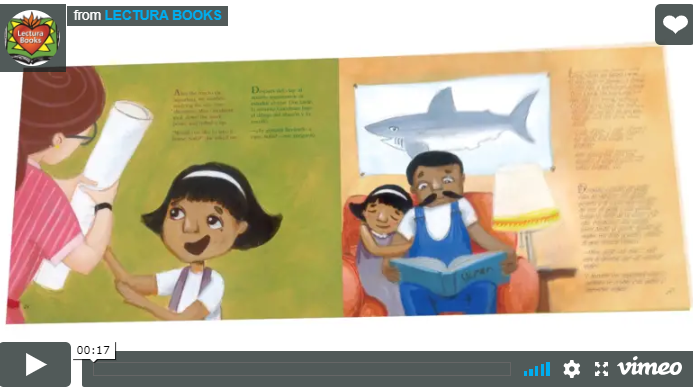Literacy skills are one of the most critical areas of ability most people develop as young children. As children, they sound out words and recognize common vocabulary words. Greater fluency comes with practicing sight-reading and spelling. However, by the time some people reach adulthood they still struggle with reading. Read on to discover some literacy strategies for struggling adults readers.
1) Use a Pointer:
Reading is easier when people don’t lose their place as they move across a page. Therefore, it is important to encourage a struggling reader to use a pointer, finger, or ruler to move along the page as they read. The key is to stay focused on the word and sentence in front of them.
2) Review Vocabulary:
Prior to reading a certain passage or chapter, it is crucial to review vocabulary that may cause issues. Reviewing and/or learning words and their meanings, in isolation, makes it easier for struggling readers to understand and decode the meaning of a certain passage or chapter.
3) Fonts and Text Sizes:
Sometimes struggling readers are only struggling because they have a visual impairment. Sometimes readers struggle because they aren’t interested in the material. Try using a variety of reading materials that may entice a struggling reader to enjoy them.
4) No Stress:
Create a stress-free environment. Fluency and skill is enhanced when stress and anxiety is reduced. Instructors can foster a relaxing environment by removing time limits, deadlines, and assessments. The point is read for the sake of reading, not for being graded.
5) Establish a Steady Pace:
A key part of reading fluency is establishing a consistent rhythm and pace, which guides the reader through the text. Therefore, instructors should help struggling readers establish a pace, even if they start slow and increase their speed with time. Have them read different passages in various sizes and fonts. Sometimes, they may need to read color text or text on tinted paper.
6) Use a Variety of Reading Materials:
Bilingual Texts: Oftentimes, readers who are struggling aren’t fluent in the language they are attempting to read. If the reader is an English Learner, try to find bilingual books in their native language and English. By doing this, they may be able to better understand the text in English.

